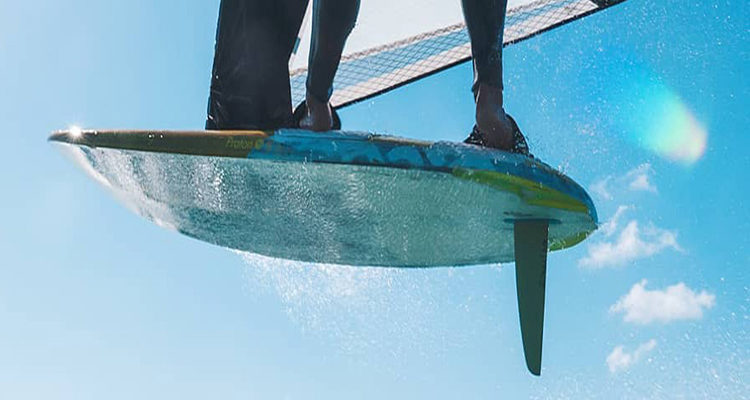Step 2: Using machined templates, the individual fabric plies are placed into the mold and then wet-out with the low viscosity epoxy. The mold is closed and loaded into a heated press for around 2 hours to consolidate and cure the fin.
Step 3: When the curing is complete, the fins are removed from the mold and tempered in an oven at 140 °C, then sanded for optimal flow characteristics in the water.
Step 4: The fins are cut, and the base adapter is molded to the epoxy-carbon blade in a specific mold.
Joerg Sonntag, MD, of Sonntag Fins said, “We produce high-performance windsurfing fins that need to accommodate significant loads during sailing. Fins need to combine flexibility with extremely high torsion stiffness that places high interlaminar shear forces on the resin, especially in our softer fins. A key requirement for us is a resin that maintains its mechanical properties for many years, and this is where the Sicomin systems deliver.”


